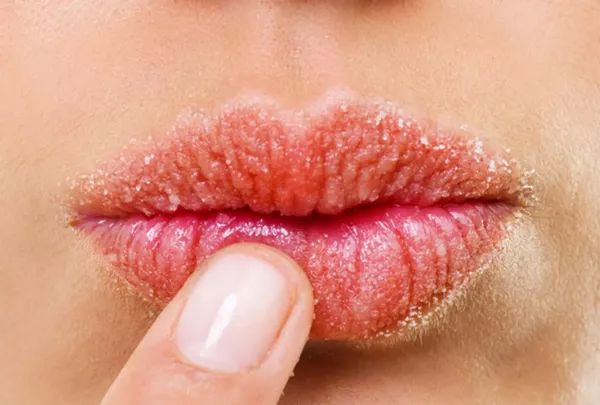Ringworm, despite its name, is not caused by a worm but rather a fungal infection. This common condition can affect various parts of the body, including the skin, scalp, and nails. However, one question that often arises is whether ringworm can occur on the lips. In this article, we will delve into this query, exploring the risks, symptoms, and treatments associated with ringworm on the lips.
Understanding Ringworm
Before delving into the specifics of ringworm on the lips, it’s essential to understand what ringworm is and how it manifests. Ringworm, also known as dermatophytosis, is a fungal infection caused by various dermatophyte fungi species. These fungi thrive in warm, moist environments and can spread through direct contact with an infected person or animal, or by touching contaminated objects or surfaces.
Ringworm infections typically present as red or pink, circular, scaly patches on the skin, which may be itchy or inflamed. Despite its name, ringworm can affect any part of the body, including the scalp (tinea capitis), body (tinea corporis), feet (tinea pedis or athlete’s foot), and groin area (tinea cruris or jock itch).
Can Ringworm Occur on the Lips?
While ringworm commonly affects areas with moist and warm conditions, such as the groin or feet, it is less common on the lips. The lips themselves are not a typical site for ringworm infections. However, it’s essential to note that ringworm can potentially affect the skin around the lips or the skin of the face, leading to misconceptions about its presence on the lips.
Risks Factors for Ringworm on the Lips
Several factors can increase the risk of developing ringworm on the lips or surrounding facial areas:
1. Direct Contact: Coming into direct contact with an infected person or animal can increase the risk of contracting ringworm on the lips or face.
2. Poor Hygiene: Inadequate hygiene practices, such as sharing personal items like towels or makeup brushes, can facilitate the spread of ringworm.
3. Warm and Moist Environment: Humid conditions provide an ideal breeding ground for fungi, increasing the likelihood of ringworm infections on the skin, including the face.
Symptoms of Ringworm on the Lips
Ringworm on the lips or facial area may present with the following symptoms:
1. Red or Pink Patches: Circular or oval-shaped patches of red or pink skin may appear on or around the lips.
2. Itching or Discomfort: The affected area may itch or feel uncomfortable, especially as the infection progresses.
3. Cracked or Scaling Skin: The skin around the lips may become dry, cracked, or scaly.
4. Blisters or Lesions: In severe cases, blisters or open lesions may develop, leading to pain and potential secondary infections.
Diagnosis and Treatment
If you suspect a ringworm infection on your lips or facial area, it’s crucial to consult a healthcare professional for an accurate diagnosis and appropriate treatment. Diagnosis often involves a visual examination of the affected area, possibly supplemented by skin scrapings or fungal cultures to confirm the presence of dermatophyte fungi.
Treatment for ringworm on the lips typically involves antifungal medications, which may be applied topically or taken orally, depending on the severity of the infection. Topical antifungal creams or ointments, such as clotrimazole or miconazole, are commonly prescribed for mild cases. Oral antifungal medications, such as terbinafine or fluconazole, may be necessary for more severe or widespread infections.
In addition to medication, practicing good hygiene habits can help prevent the spread of ringworm and facilitate recovery. It’s essential to keep the affected area clean and dry, avoid sharing personal items, such as towels or lip balms, and wash hands frequently, especially after touching potentially contaminated surfaces.
Preventing Ringworm Infections
While ringworm on the lips is relatively uncommon, taking preventive measures can reduce the risk of developing any form of ringworm infection:
1. Maintain Good Hygiene: Wash your hands regularly, especially after touching animals or potentially contaminated surfaces.
2. Avoid Sharing Personal Items: Refrain from sharing towels, clothing, or personal grooming items with others, especially if they have a known ringworm infection.
3. Keep Skin Clean and Dry: Moisturize your skin regularly and avoid prolonged exposure to warm, humid environments.
4. Treat Infected Pets: If you have pets, ensure they receive prompt treatment for any suspected ringworm infections to prevent transmission to humans.
Conclusion
While ringworm on the lips is uncommon, it is possible for the infection to affect the skin around the lips or facial area. Understanding the risk factors, symptoms, and treatment options for ringworm can help individuals take appropriate measures to prevent infection and seek timely medical attention if needed. By practicing good hygiene habits and seeking prompt treatment, individuals can effectively manage and prevent ringworm infections, promoting skin health and overall well-being.

























